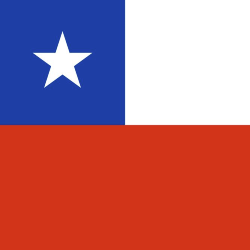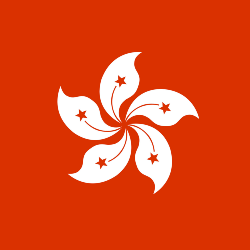Sailing Chaotic Seas: New Zealand’s Foreign Policy in 2025
Aotearoa/New Zealand foreign policy looks set for more of the same in 2025, despite the potential for significant chaos due to the incoming Trump administration in the United States and increased China-U.S. confrontation.
The main threats and opportunities facing New Zealand will likely be unchanged. There’s the imperative of moving closer to Australia while querying the scope of the country’s relationship with AUKUS (including the question of whether New Zealand should join AUKUS Pillar II). New Zealand must also navigate increased polarization in its Asia-Pacific neighborhood amid threats to its role as a bridge between the Western powers and China. The relationship with its Pacific Island neighbors will need attention as New Zealand’s ability to be a major player among Pacific Island states comes under scrutiny. And finally, New Zealand will look to protect and expand its trade and investment relationship with other states, such as India.
These issues have become more difficult to navigate, however. The recent foreign policy consensus concerning New Zealand’s relationship with Australia and commitment to the liberal international order has been challenged by AUKUS and the anticipated trade and security policies of the incoming Trump administration.
As a small state it is often assumed that New Zealand must simply adjust to the international environment and the machinations of larger powers in its neighborhood. Due to adept international diplomacy and normative innovation, this has not been the case with New Zealand. The country has established an independent foreign policy, which has provided it with a degree of space to pursue its material and normative interests while positioning itself as an international leader on human rights, climate change, and non-proliferation.
It is evident that the past decade has witnessed a marked erosion of the post-World War II rules-based order and the efficacy of international institutions to impact state action. States are more willing to use force without fear of international sanction. At the same time, the types of force used by states have multiplied. Many states and organizations report an increasing number of cyberattacks against critical infrastructure. There is an increased use of “gray-zone” tactics (exemplified by the recent seizure of a Cook Island-flagged vessel for transporting Russian petroleum) and non-state actors by governments as they pursue political, security and economic objectives. For example, China has used its fishing fleets to both illegally fish as well as extend its strategic presence in the South China Sea. In the Indo-Pacific, these changes have been decried as part of an increased polarization of the region, which encourages foreign policy makers to view international development through the lens of the China-U.S.........






















 Toi Staff
Toi Staff Tarik Cyril Amar
Tarik Cyril Amar Jeffrey Bernstein Ph.d
Jeffrey Bernstein Ph.d Gideon Levy
Gideon Levy Maryam Aldossari
Maryam Aldossari Sabine Kinkartz
Sabine Kinkartz Jennifer Gerlach Lcsw
Jennifer Gerlach Lcsw Andrew Mitrovica
Andrew Mitrovica Tafi Mhaka
Tafi Mhaka Belen Fernandez
Belen Fernandez Maximilian Hess
Maximilian Hess Leonid Ragozin
Leonid Ragozin
